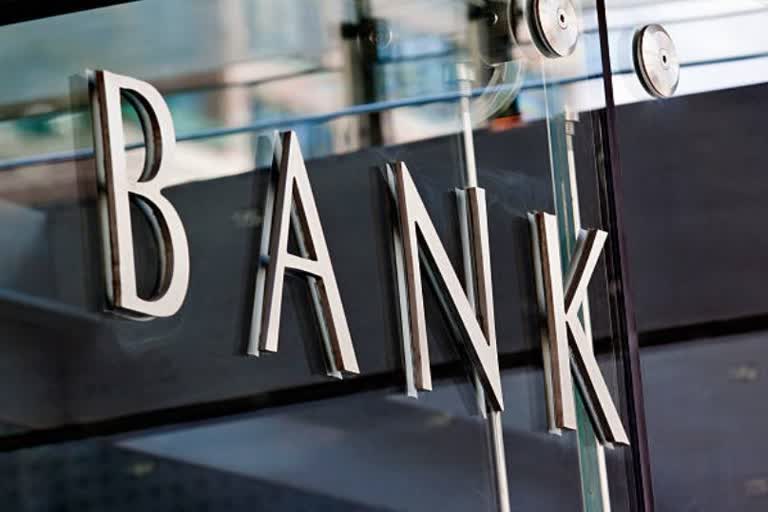Mumbai: India Ratings and Research on Monday revised its outlook on the overall banking sector to stable for the fiscal 2021-2022 from negative even as it sees higher stress emerging in the retail loan segment going ahead.
For public sector banks (PSBs), the outlook has been revised to stable from negative and for private banks, the agency continues to have stable outlook.
It estimates that overall stressed assets (gross non-performing assets (GNPA) + restructured) could increase 30 per cent for the banking system, the increase is almost 1.7 times in the retail segment in the second half of the fiscal 2020-21.
According to the agency's Director (financial institutions) Jindal Haria: “The last nine months have provided banks the opportunity to beef up their provisions even more for legacy stressed assets, which were existing before the pandemic. We expect that by the end of FY21, the provisions will go up to almost 75-80 per cent on those NPAs. This will give banks space to absorb COVID stress.”
With the last year's change in accounting norms, which allows public sector banks (PSBs) to offset their profit and loss balance sheets with share premium account, large banks would be able to manage to raise additional tier 1 capital on their own.
The agency also revised its credit growth estimates to 6.9 per cent in FY21 from earlier 1.8 per cent, and 8.9 per cent in FY22.
It said that about 1.24 per cent of the total bank book is under incremental proforma NPA and about 1.75 per cent of the total book could be restructured by end-FY21. This is the incremental stress purely on account of the COVID-19 pandemic and does not include the slippages that banks would witness in the normal course of business, it said.
Haria said a lot of the retail stress is coming from unsecured advances and it would be more seen in private sector banks than public sector banks because of the former's higher exposure to unsecured loans.
The stock of stressed retail assets for PSBs could increase to 2.9 per cent in FY22 from 2.1 per cent in FY21, while it could increase from 1.2 per cent to 4.3 per cent for private banks, it said.
Through a bottom-up analysis of stressed corporates using two filters- revenue above Rs 100 crore and interest coverage below 1.5x, the agency has assessed that stressed corporate assets as a percentage of gross bank credit declined to 15.3 per cent at end-1HFY21 from 15.7 per cent at end-FY20.
"The key reasons for the reduction are low slippages (standstill classification, moratorium etc), write-offs of 0.9 per cent, and no advances growth in the first half of FY21," it said.
The agency expects the deposit rates to rise as credit growth revives as well as capital market flows are enhanced.
"Large banks will be able to attract better rated customers by taking advantage of their lower cost of deposits,” the agency said adding it will be challenging for mid or small-sized banks to have an asset profile similar to a large bank.
(PTI)
Also read: Realty sector witnessing k-shaped recovery; smaller players losing mkt share: Report



